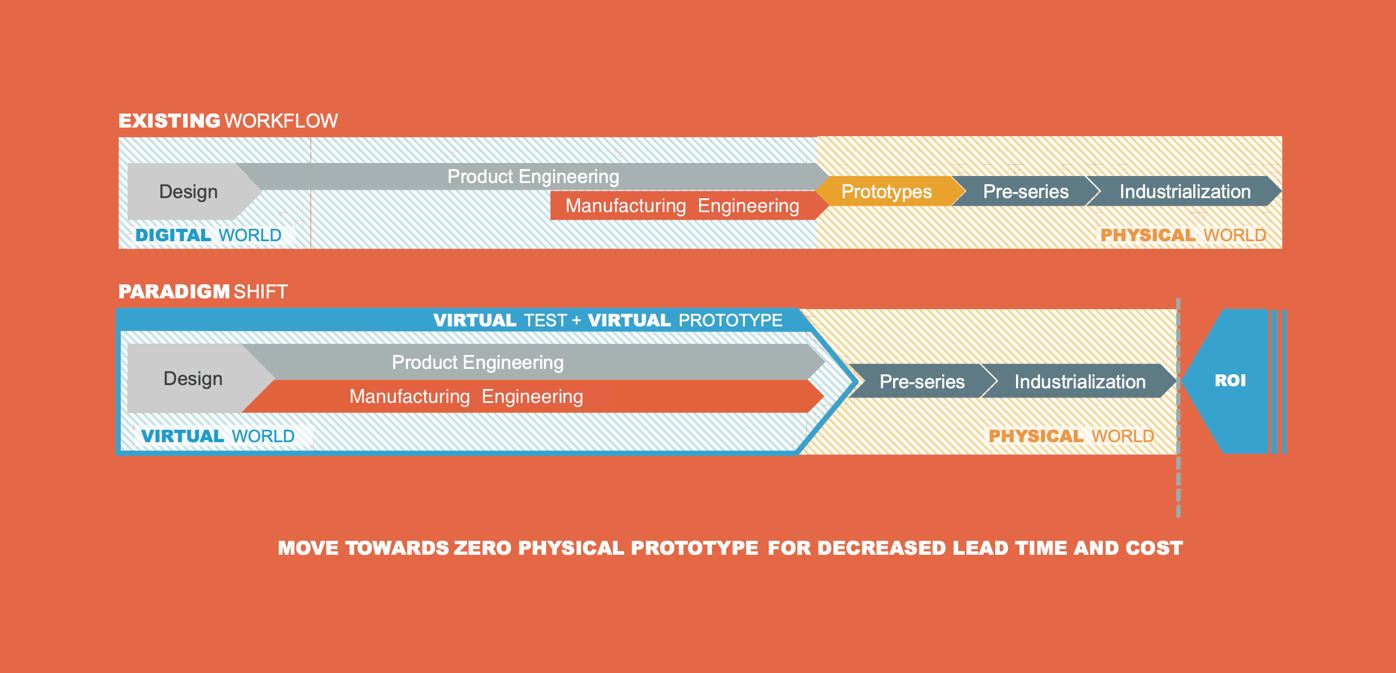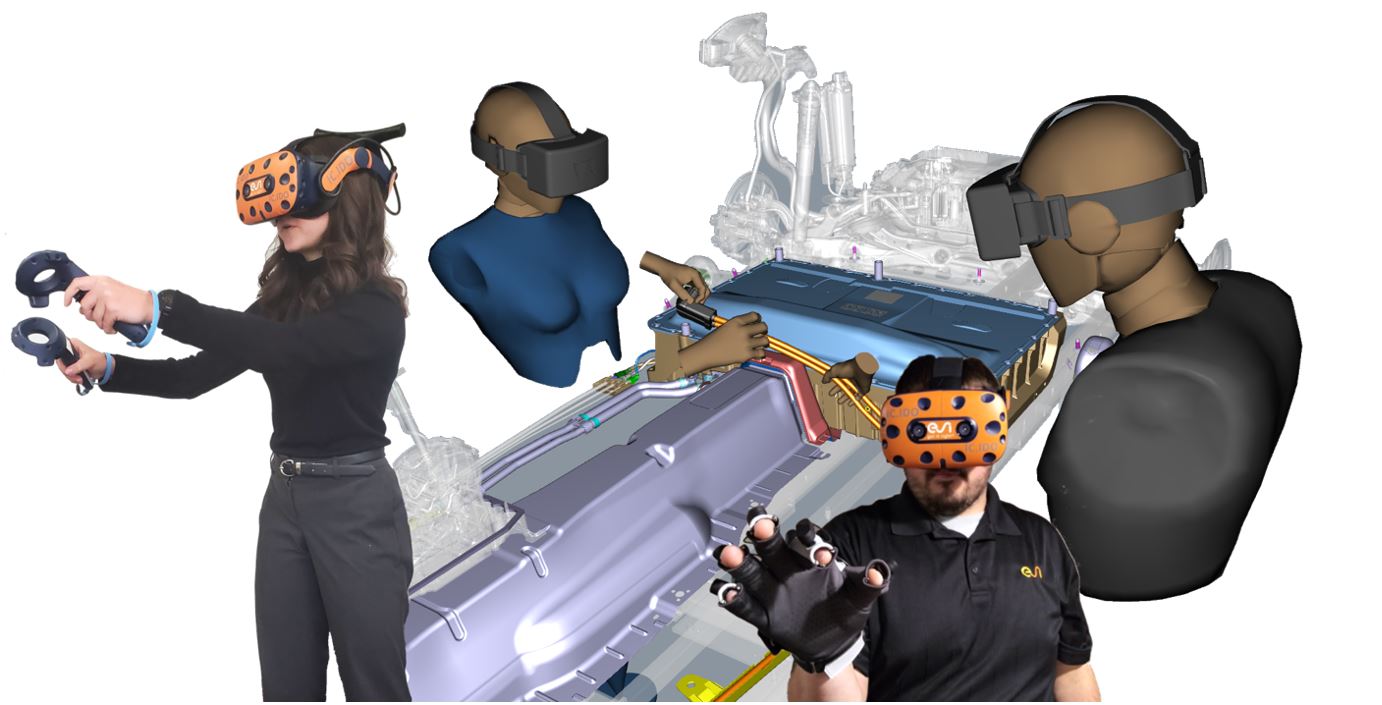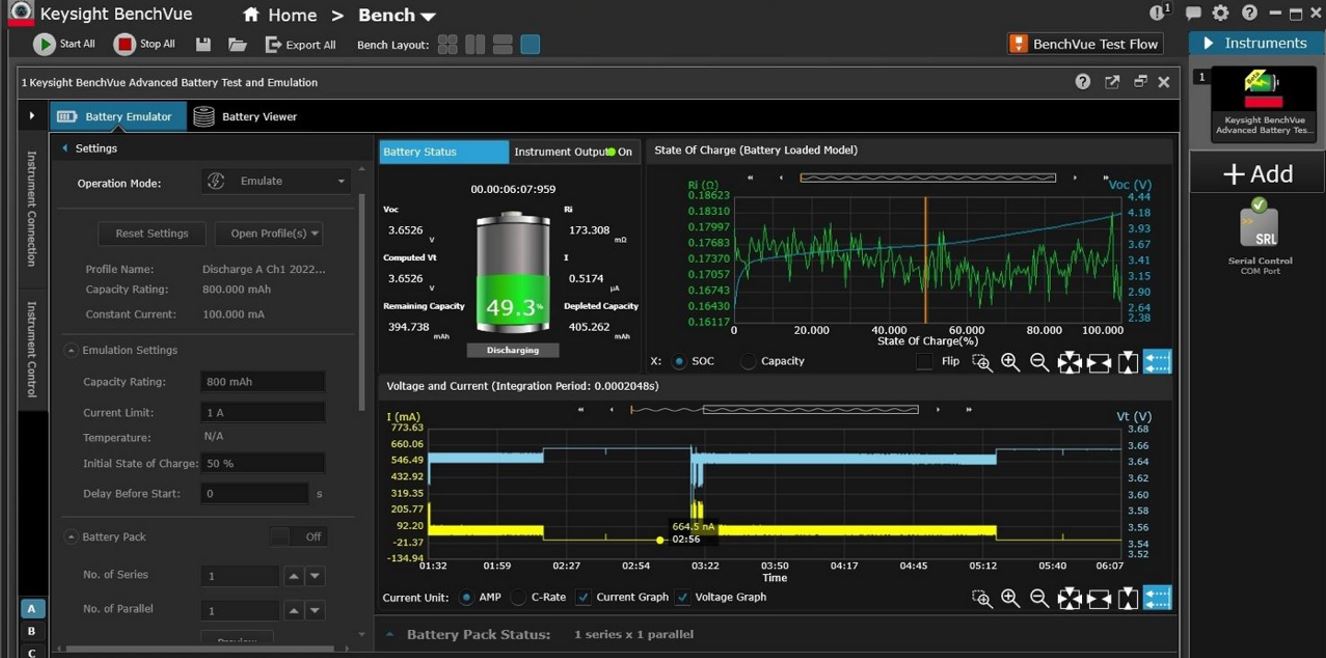
Written By: Arturo Vargas Mercado, Operating Manager, Emulators and Field Test at Keysight Technologies

Arturo Vargas Mercado, Operating Manager, Emulators and Field Test at Keysight Technologies
In roughly 80 years of computer simulation, we have seen the benefits of virtual prototyping span across industries and domains. From modelling gravitational waves to designing a circuit board, the intent remains unchanged: to represent the physical world as accurately as possible.
In the last several years, multi-domain integration has enabled the system- and process-level simulations that evolved into modern virtual prototyping.
Here, we briefly recap the known benefits of virtual prototyping, to then explore not-so-obvious benefits impacting organisations across the mobility industry, from the current push for electrification to the inevitable convergence with Artificial Intelligence.
First Glance: Known Benefits of Virtual Prototyping
Despite more than a century of innovation in automotive manufacturing, the move towards electric vehicles (EVs) is a lot like starting from scratch. Designing, manufacturing, and understanding batteries, ensuring safe operation and failure, and even rethinking mobility logistics are a few examples of challenges the automotive industry faces, with no playbook to follow.
This “lack of playbook” also reflects on concepts like frontloading and shifting left design approaches; where more—if not all—of the design happens in the virtual world before any physical prototype is built.
Virtual prototyping empowers engineers to effectively figure out the playbook as they go. They use simulation software to realistically model and test components, visualise and measure their interactions, understand the vehicle’s behaviour under a variety of circumstances, and make informed decisions without requiring a physical prototype built (Figure 1). Some obvious benefits of virtual prototyping are:
- Saving costs on the prototypes by catching issues earlier
- Iterating faster through design concepts from components to manufacturing
- Accelerating innovation through the ability to evaluate more variants and push beyond boundaries that are too costly to test physically
- Increasing the reliability of the final product through virtual testing
- Mitigating risk with higher predictability
- Maximising efficiency across design, development, and manufacturing

Figure 1. Virtual prototypes and virtual testing accelerate the development process and time to market at a lower cost versus transitional approaches (courtesy of ESI Group)
Looking at all these positives, it is expected that the adoption of virtual prototyping is a common aspiration in the mobility industry. And while it is broadly practiced to a certain extent, there is still a long way to go.
Having the ability to model everything about the vehicle has other potential benefits beyond the obvious. Let us delve into what they are, how they play out, and what can come next.
Deeper look: What Is Under the (Virtual) Hood
The People Component
Developing an EV, just like any other large, complex project, will almost certainly go over time and over budget.
A recent analysis from PwC on vehicle launch delays over the last four years concluded that the main reason lay in “entrenched issues surrounding production.” Furthermore, the analysis called out persistent supply chain delays, issues related to meeting quality standards, and workforce constraints leading to difficulty scaling up production were among the main issues causing delays.
While it is obvious that virtual prototyping can help, for example, by modelling the manufacturing process to uncover issues earlier, what is not so obvious is the impact on the human factor.
A lot of the project’s success relies on effective communication amongst people distributed around the world who are likely using different analysis tools to define their contribution to the product. This disparate approach might not add up to the best product definition because it takes the disconnected, yet potentially dependent design variables individually, thus it might not predict how products behave in the real world.
Modern virtual prototyping has the potential to transform the mobility industry in two ways:
- By “forcing” a common toolchain that spans domains. In the real world there’s a single common truth —a.k.a. reality— upon which to work. In the virtual world, the aim is to have an equivalent “truth” that brings together mechanical, hydraulics, pneumatics, electronics, thermal, control, and safety systems domains, thus fostering better collaboration, communication, and creativity to identify and solve issues before the product becomes a reality (Figure 2).
- By immersing the human into the process more holistically through virtual reality, to experience the designing and building of the vehicle beyond observing on a screen (Figure 3). From “living” the process, people can experience human participation—such as a manual assembly task—in ways that deterministic computer simulations have yet to master. Through first-hand experience with products using tools is still months away from realisation, teams collaborate for more effective problem solving, decision making, and enhanced safety in the real world.

Figure 2. Multi-domain virtual prototyping helps understand from component- to vehicle-level behaviour and connect experts from different disciplines through a common toolchain (courtesy of ESI Group)

Figure 3. Human-centric process validation provides the environment to identify issues and solve them earlier, thus saving cost through earlier identification and resolution of build issues (courtesy of ESI Group)
Sustainability
After successfully launching an electric vehicle, the after-market life of the EV has potential benefits for manufacturers that virtual prototypes can amplify.
Let us take, for example, the battery. Typically, there is an expected 8- to 10-year lifetime for the use of a battery propelling the vehicle for about 100,000 miles. However, the overall useful battery life can be at least double that[i] in other applications.
After that period, the remaining battery capacity suffices for home energy storage or to propel smaller vehicles like e-scooters. Thanks to the internal structure of battery packs, power can be scaled up or down for second-life use, and finally, when the degradation reaches its limit, the battery can be recycled. Battery manufacturers such as Northvolt, for example, achieve up to 95% recovery of certain minerals to be used on a brand-new battery.
“Virtual prototyping empowers engineers to effectively figure out the playbook as they go. They use simulation software to realistically model and test components, visualise and measure their interactions, understand the vehicle’s behaviour under a variety of circumstances, and make informed decisions without requiring a physical prototype built.”
Having a virtual prototype of the battery is the start to helping predict degradation and estimate the useful life before it goes into operation. The key lies in complementing the virtual prototype with a model of the battery, effectively creating a digital twin. From those, we can understand battery behavior over time and better enable automakers to plan for recovery, recycling, reselling, or expanding into other markets (Figure 4). This enables new revenue streams, allowing companies to expand their footprint, while becoming more sustainable.

Figure 4. Thorough understanding of battery behaviour helps manufacturers plan across the full battery’s lifecycle to effectively explore aftermarket opportunities and recycling
Future Look: Convergence with Artificial Intelligence
A report from Grand View Research calculated the 2018-2025 CAGR of virtual prototyping to be more than 19%. Moving forward, it will continue to grow along with computing power and most excitingly, with the rise of artificial intelligence (AI).
AI used in defining simulations, exploring scenarios, and predicting issues will help with:
- Design optimisation. AI software can explore design concepts much faster. More importantly, AI can leverage data from a variety of sources to optimise designs. Imagine prototyping the next generation battery pack by combining real-world data including performance, driving behavior, maintenance, and battery supplier test results. AI can process and use this data to identify design optimizations more quickly than a human can.
- Risk reduction. AI can also make data-based predictions. Using data sets from virtual prototypes paired with real-world data, AI will be able to find patterns, anticipate behaviour, foresee issues, and help reduce safety risks, costly recalls, and waste.
- Enhanced realism: AI can enhance the accuracy of virtual prototypes to make them almost indistinguishable from reality. This improves the human-centric validation processes discussed above in a similar way that a pool helps astronauts train for working in a microgravity environment—making it as real as possible before ever going into the real world to perform tasks.
Conclusion
Virtual prototyping in the mobility industry is widely adopted, but there is a long way to go before all the benefits will be harnessed. In the next few years, AI convergence will unleash the possibilities discussed above, while the next stage of virtual prototyping will improve the connections between the virtual and real worlds.
By better connecting simulations to the real test and measurement results, the virtuous cycle of feeding real data into the virtual prototypes to increase predictability will help companies fully realize the cost, time, and operational benefits of virtual prototyping. Finally, bridging this gap from design to test, will enable the industry to successfully bring delays, recalls, and waste to near zero.
 (0)
(0) (0)
(0)Archive
- October 2024(44)
- September 2024(94)
- August 2024(100)
- July 2024(99)
- June 2024(126)
- May 2024(155)
- April 2024(123)
- March 2024(112)
- February 2024(109)
- January 2024(95)
- December 2023(56)
- November 2023(86)
- October 2023(97)
- September 2023(89)
- August 2023(101)
- July 2023(104)
- June 2023(113)
- May 2023(103)
- April 2023(93)
- March 2023(129)
- February 2023(77)
- January 2023(91)
- December 2022(90)
- November 2022(125)
- October 2022(117)
- September 2022(137)
- August 2022(119)
- July 2022(99)
- June 2022(128)
- May 2022(112)
- April 2022(108)
- March 2022(121)
- February 2022(93)
- January 2022(110)
- December 2021(92)
- November 2021(107)
- October 2021(101)
- September 2021(81)
- August 2021(74)
- July 2021(78)
- June 2021(92)
- May 2021(67)
- April 2021(79)
- March 2021(79)
- February 2021(58)
- January 2021(55)
- December 2020(56)
- November 2020(59)
- October 2020(78)
- September 2020(72)
- August 2020(64)
- July 2020(71)
- June 2020(74)
- May 2020(50)
- April 2020(71)
- March 2020(71)
- February 2020(58)
- January 2020(62)
- December 2019(57)
- November 2019(64)
- October 2019(25)
- September 2019(24)
- August 2019(14)
- July 2019(23)
- June 2019(54)
- May 2019(82)
- April 2019(76)
- March 2019(71)
- February 2019(67)
- January 2019(75)
- December 2018(44)
- November 2018(47)
- October 2018(74)
- September 2018(54)
- August 2018(61)
- July 2018(72)
- June 2018(62)
- May 2018(62)
- April 2018(73)
- March 2018(76)
- February 2018(8)
- January 2018(7)
- December 2017(6)
- November 2017(8)
- October 2017(3)
- September 2017(4)
- August 2017(4)
- July 2017(2)
- June 2017(5)
- May 2017(6)
- April 2017(11)
- March 2017(8)
- February 2017(16)
- January 2017(10)
- December 2016(12)
- November 2016(20)
- October 2016(7)
- September 2016(102)
- August 2016(168)
- July 2016(141)
- June 2016(149)
- May 2016(117)
- April 2016(59)
- March 2016(85)
- February 2016(153)
- December 2015(150)
